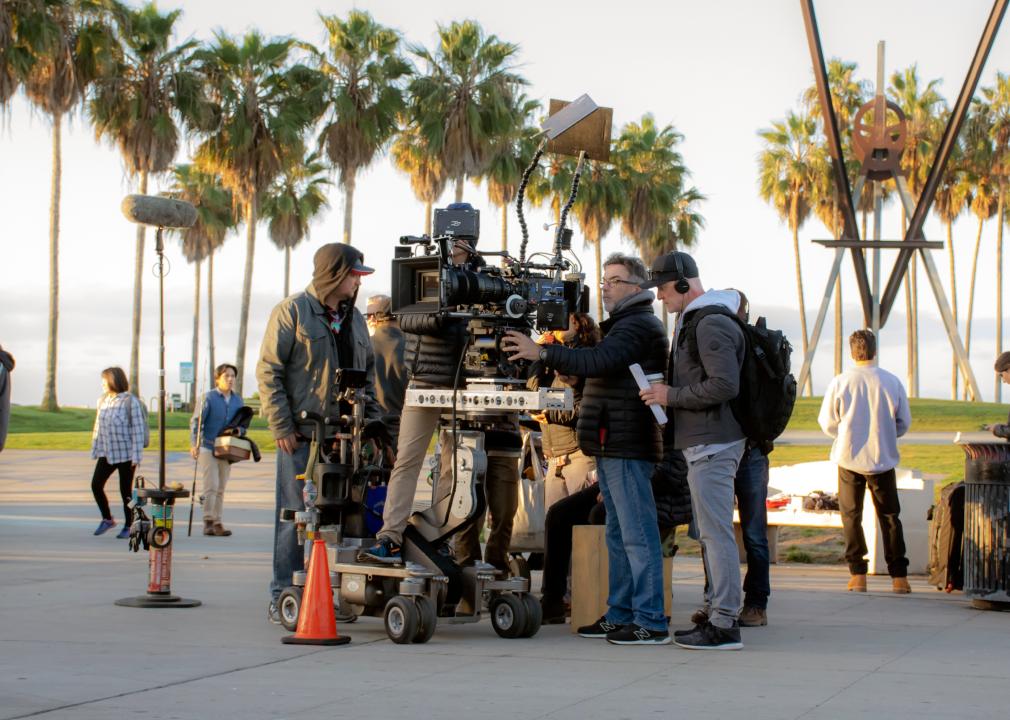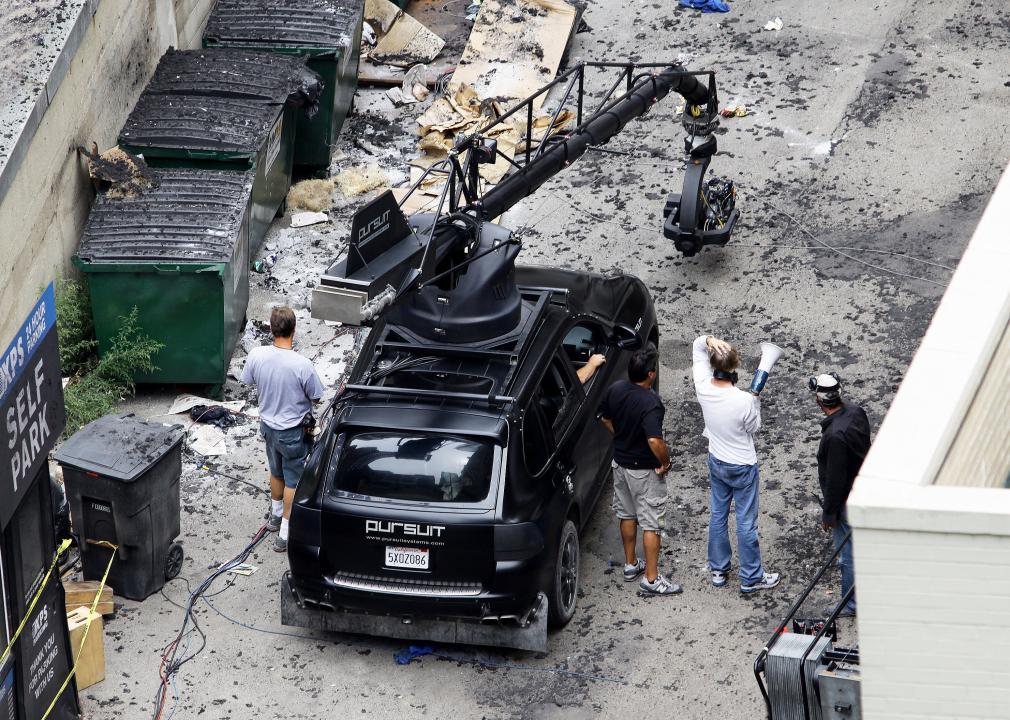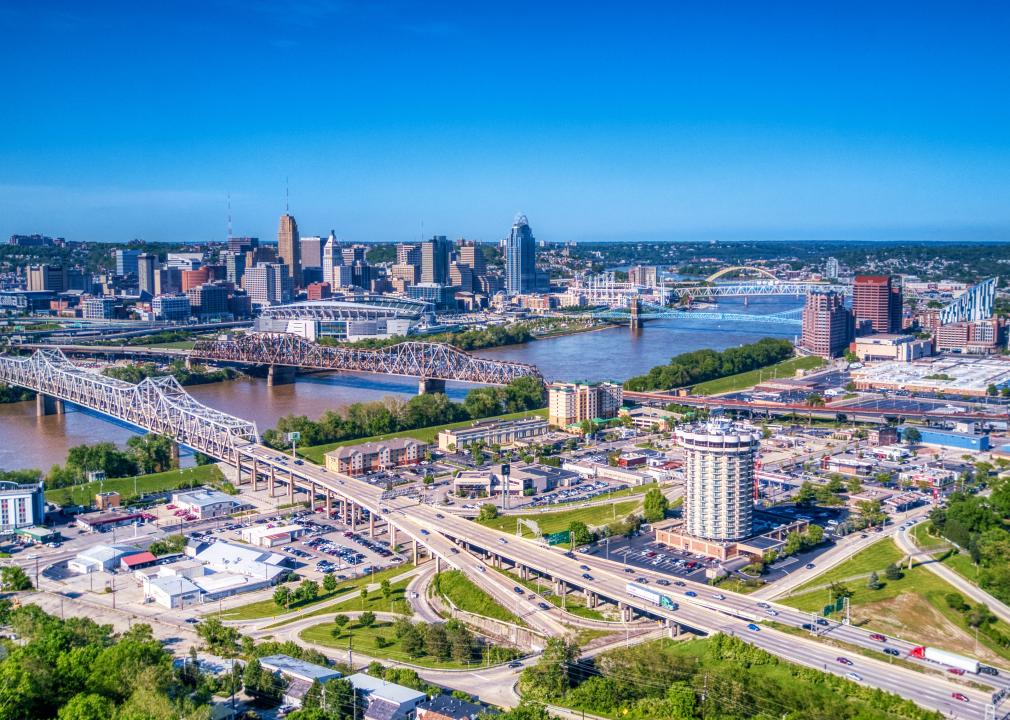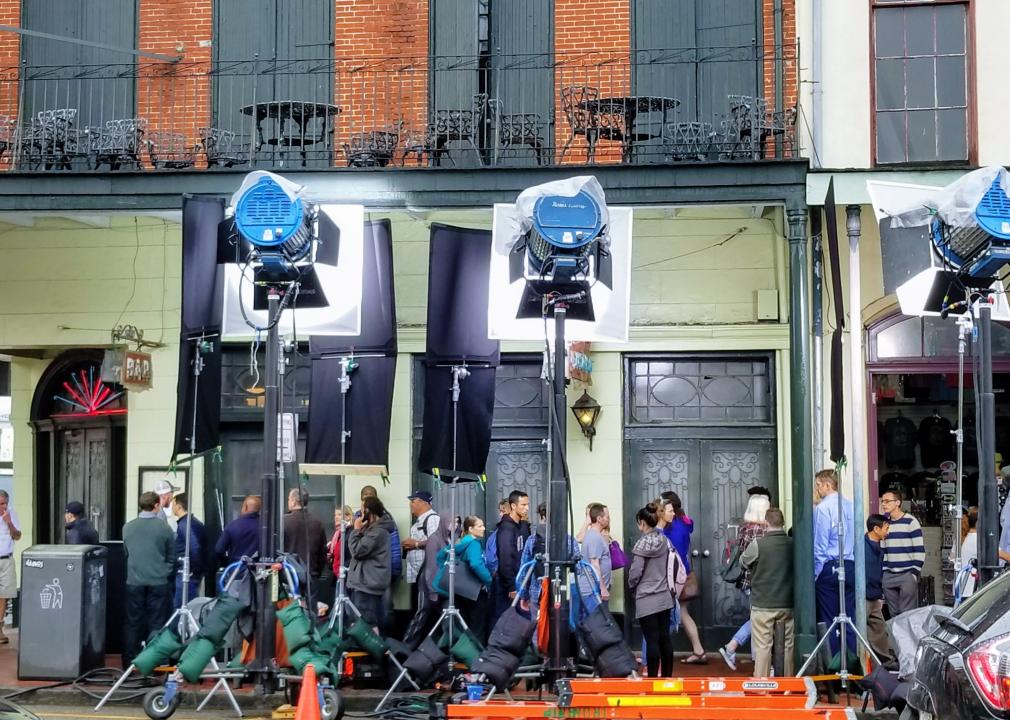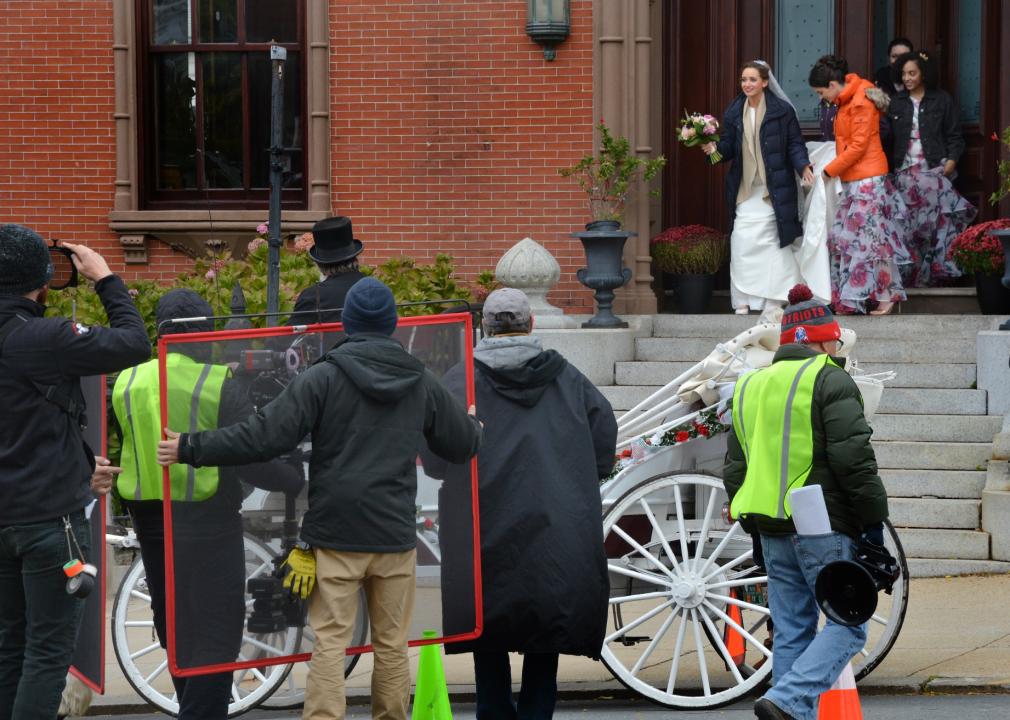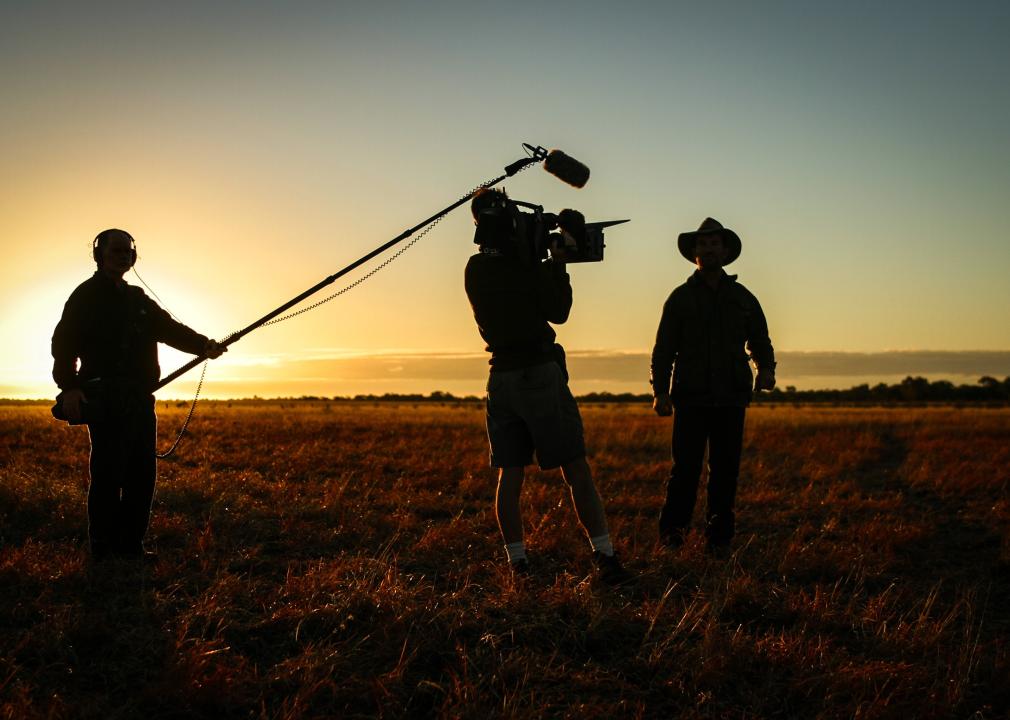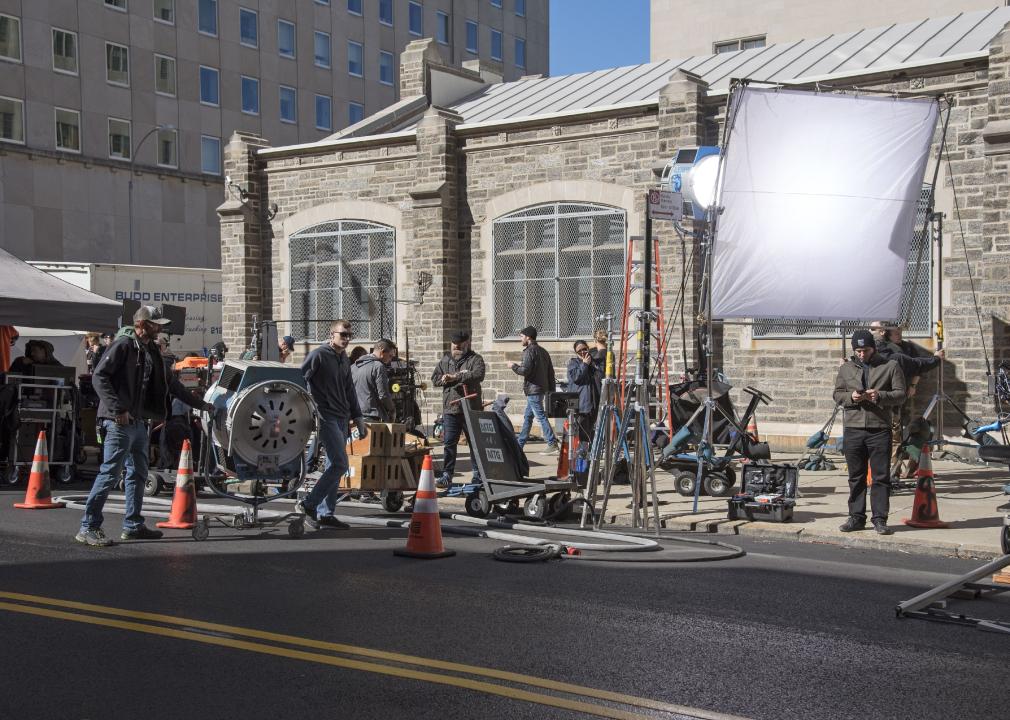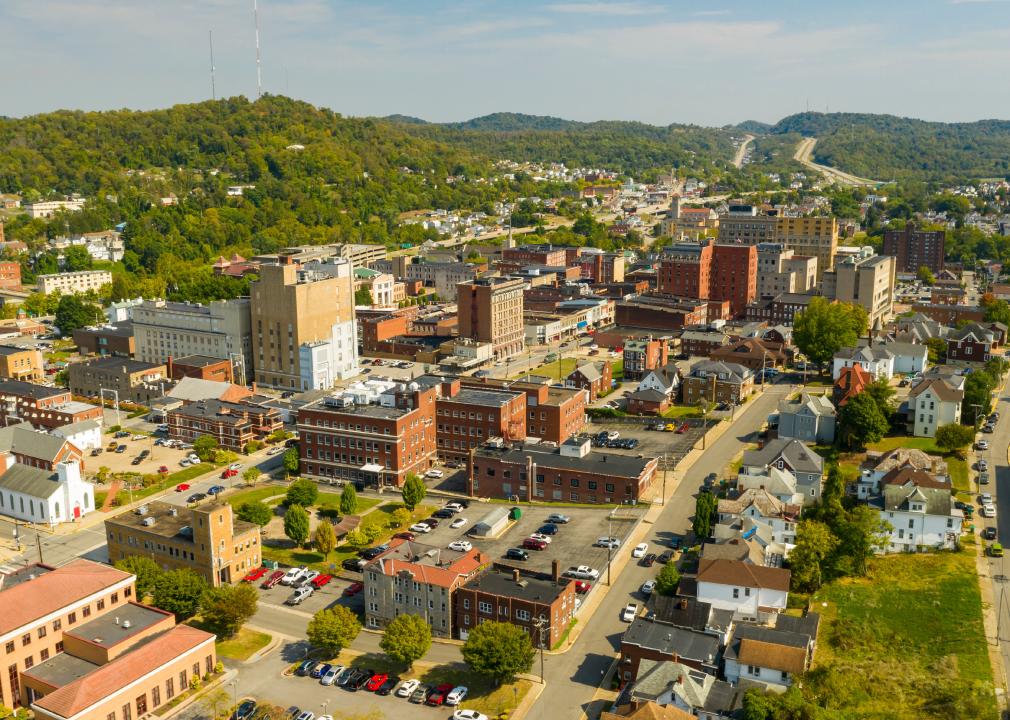10 states offering big incentives for filmmaking
guruXOX // Shutterstock
10 states offering big incentives for filmmaking
Creating a film is one of the most expensive expressions of art, with the average short film costing $700 to $1,500 per minute to make. Of course, feature films cost even more. Many times, movies are financed from various sources such as bank loans, private financing, and grants. Becoming familiar with tax credits can help save productions money, making a large film project a bit more attainable.
In order to boost in-state movie productions—which often help the local economy—each state across the U.S. offers tax benefits to filmmakers. The incentive packages vary from state to state, but many include production rebates, which reduce the costs of making movies, TV shows, and commercials, in some states. For independent filmmakers, the incentives also help entice potential investors. Soft money (funds that don’t need to be paid back) is oftentimes more appealing to investors as the risk of a low return on investment is a possibility.
California recently took efforts to bolster its film tax incentives when Gov. Gavin Newsom signed a bill that grants the state’s TV and film industry a surplus of $330 million in tax credits. This is in addition to the $330 million that the state already shells out to Hollywood for its current incentives program.
Due to the COVID-19 pandemic, 2021 saw a low volume of films in production between June 1, 2020, and May 31, 2021. Film release dates got pushed back and film crews were forced to adapt to new ways of working—and quickly. The industry however is bouncing back and in full force with some states expanding their film incentive tax credits.
Giggster researched filmmaking incentives state-by-state—from minimum spending per production to resident and nonresident tax incentives—and listed 10 of the states that are most financially beneficial to the filmmaking industry. Incentives in each state may include TV, commercial, or music video productions, which were taken into account when building this list.
![]()
John Dvorak // Shutterstock
California
Hollywood has long been considered the film mecca of the U.S. as its mild climate and diverse landscapes are ideal for outdoor filming. Filmmaking is one of the state’s biggest, most profitable industries, supporting over 700,000 jobs and close to $70 billion in wages for California employees. In the past five years, the state generated close to $21.9 billion in economical contributions, with an estimated cost of $1.5 billion to taxpayers through California’s Film and Television Tax Credit 2.0 Program.
Although there are efforts to focus on filming in the Los Angeles area, California’s Film and Television Tax Credit 3.0 Program includes an additional tax credit for nonindependent film projects that film beyond Los Angeles’ “30-mile studio zone.” In 2006, San Francisco created its own film incentive program called the “Scene in San Francisco” rebate program, which offers eligible productions a refund of up to $600,000 on fees paid to the city for scripted or nonscripted TV episodes, documentaries, or feature films.
ESB Professional // Shutterstock
Georgia
Georgia may be known for being one of the biggest international airline hubs in the nation, but another industry is becoming a profitable industry for the Peach State. In 2020 alone, despite worldwide production shutdowns, Georgia still managed to produce 234 TV and film productions. Georgia was the first state to develop a “best practices” outline during the COVID-19 pandemic for TV and film production, an effort created by the Georgia Film Office. Some popular productions filmed in Georgia include “Avengers: Endgame,” “The Hunger Games: Catching Fire,” and “Black Panther.”
Raymond Boyd // Getty Images
Illinois
A solid selection of cast and crew members, diverse location options for filming, and a recently expanded tax incentive program makes Illinois an ideal state for filmmakers. The Illinois Film Production Tax Credit program will expand to a $500,000 cap for eligible candidates, including both resident and nonresident compensation. Previously, the incentive only covered $100,000 for resident filmmakers. The new legislation goes into effect in July 2022.
This legislation could catapult Illinois’ film market into a billion-dollar industry. The Illinois Film Production Tax Credit Act was created in 2008 with a credit offer of 30% for eligible spending. Over the years, several productions have been filmed in Illinois including 2022’s “The Batman,” where parts of the Gotham City scenes were shot in Chicago.
Rotorhead 30A Productions // Shutterstock
Kentucky
When it comes to shooting a film in Kentucky, the state offers advantageous film incentives, making it one of the most affordable places in the U.S. for filming. Kentucky’s film incentive program was created in 2009, and at the time, film incentives were approved for 20% of spending. In 2015, lawmakers increased the amount to 35% for Kentucky residents and 30% for out-of-state workers. Over the years, productions such as “Mom and Dad” starring Selma Blair and Nicholas Cage and “The Stand-In” with Drew Barrymore have been filmed in Kentucky.
Trina Barnes // Shutterstock
Louisiana
Louisiana’s mild temperatures and high-value tax incentives have helped the state’s film industry to create new jobs and businesses. Louisiana also provides diverse filming locations in addition to massive soundstages and several post-production facilities. There’s even an additional 5% incentive for payroll for Louisiana residents, which is advantageous to the workers as well as the local economy. From Shreveport to New Orleans, some productions that have been filmed in Louisiana include “Queen Sugar,” “NCIS: New Orleans,” and “Girls Trip.”
MediaNews Group/Boston Herald // Getty Images
Massachusetts
The Massachusetts film tax credit, which provides a 25% tax credit on production costs, is scheduled to expire at the end of 2022. Productions that spend $50,000 or more in the state meet eligibility requirements for a 25% tax credit. And if filmmakers spend more than $50,000 on a production, they will receive an additional 25% payroll tax credit. Despite the proposed changes to the program, those in favor of the tax credit are pushing to make it permanent as many claim it brings jobs to the local economy. Over the years, Massachusetts has been a hidden gem for filmmakers. Movies filmed in the state include Greta Gerwig’s “Little Women” and “CODA,” which took home the Academy Award for Best Picture in 2022.
Janelle Lugge // Shutterstock
New Mexico
New Mexico has become a booming destination for filming, with millions of dollars pouring into the state’s economy with generous tax incentives. Filmmakers can qualify for 25% tax rebates when they shoot projects in New Mexico. The Land of Enchantment also scored a huge win when Netflix announced plans to expand the state’s Albuquerque studio. Although infrastructure plans are still being finalized, there’s been documented reports that it’s a goal to have the studio completed by 2023. Netflix’s upcoming action-thriller “Trigger Warning,” starring Jessica Alba, is one of the latest films shot in New Mexico. The “Breaking Bad” spin-off “Better Call Saul” saw its sixth season also filmed in the state.
Education Images // Getty Images
New York
New York has often been a booming place for filmmakers. The state sets aside $420 million per year specifically to entice filmmakers. Up until 2026, if a film production budget exceeds $500,000, it is eligible for a 10% tax credit on labor expenses in most counties. Production companies may also be eligible for a 30% tax credit for production costs in New York state, but they can receive 5% more in tax credit if post-production took place outside of the city in upstate New York.
Large production companies are taking notice. In September 2021, streaming giant Netflix opened a 170,000-square-foot studio in Brooklyn, which includes six soundstages in addition to editing suites. Other companies scheduled for construction of new facilities include Broadway Stages and Steiner Studios, which would lead to more employment opportunities and boost business for local restaurants that would benefit from additional diners in the areas.
True Touch Lifestyle // Shutterstock
Washington
Washington state may have one of the smallest film incentive programs in the country but lawmakers are hoping to change that. Senate Bill 5760 would boost the Motion Picture Competitiveness Program funding from its annual $3.5 million to $15 million. This bill would also allow businesses to support Washington’s creative economy and promote film, commercial, and TV projects. Several filmmakers worked in Washington state to round out their productions, including titles such as “10 Things I Hate About You” and “The Ring.”
Real Window Creative // Shutterstock
West Virginia
West Virginia may not exactly evoke images of Hollywood glam, but it’s one of the states in the nation that’s becoming more appealing to filmmakers. This is partly due to the House Bill 2096, which provides financial incentives to filmmakers working on productions in the state, such as bringing back West Virginia’s film tax credit. With this tax credit, filmmakers could recoup up to 27% of funds spent on films, TV shows, and music videos in West Virginia that cost $50,000 or more to create. West Virginia previously had a tax credit that ended in 2018 after a government audit concluded the credit provided “minimal economic impact.” Supporters of the incentives, however, have expressed there are economic development benefits that can be brought to communities. Parts of the Oscar-winning classic “Silence of the Lambs” was filmed in West Virgina.
This story originally appeared on Giggster
and was produced and distributed in partnership with Stacker Studio.

